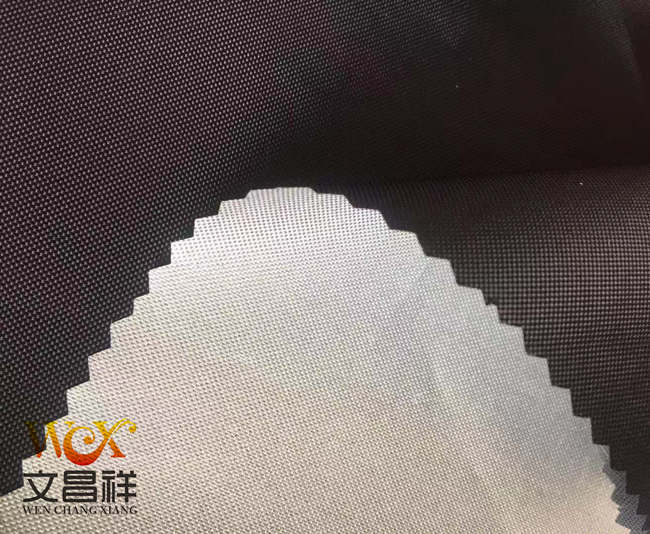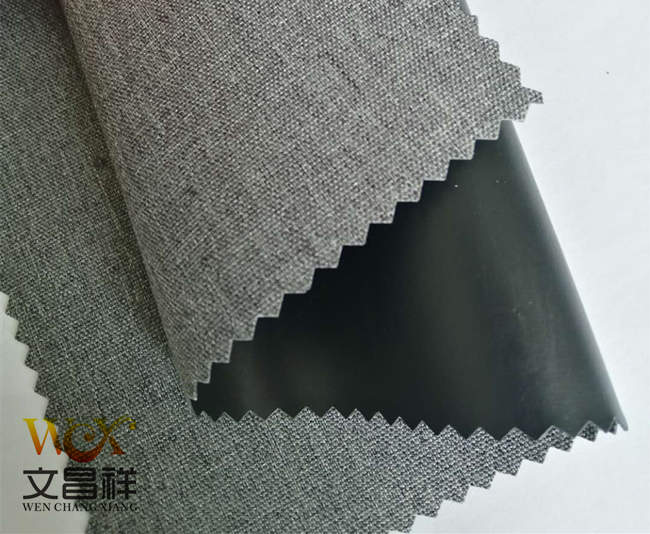People tend to use Oxford cloth to make various bags, because the bags made of it also have excellent drape properties; nylon Oxford cloth is often made into umbrellas, raincoats and other flood and rainproof products; making tents Oxford cloth is also used because it is waterproof and windproof while also being breathable and warm.

Coarse canvas has good waterproof performance, so it will be made into a cover for car transportation and open-air warehouses; fine canvas can be used to make clothing, backpacks and handbags, etc.; shielding canvas is specially used for fire protection and fire protection. radiation.
Canvas should not be exposed to the sun after cleaning, as it will accelerate aging and cause discoloration; do not brush vigorously during cleaning to avoid breaking the thread, and avoid contact with sharp objects to prevent scratches; canvas shoes should be worn regularly Clean to avoid mold.

When Oxford cloth It is also easier to clean after getting dirty. If a small area is dirty, you can use a toothbrush dipped in a little detergent or toothpaste to clean the dirty area. If it is more dirty, you can put it in the washing machine. You don’t have to worry about whether it will be damaged, because the Oxford cloth It is relatively wear-resistant. After washing, it cannot be exposed to the sun to prevent discoloration. Just place it in a ventilated place to dry.
Oxford cloth specifications: 1680D, 1200D, 900D, 600D, 420D, 300D, 210D, 150D, etc.
Oxford cloth functional classification: flame retardant Oxford cloth, waterproof Oxford cloth, PVC Oxford cloth, pu Oxford cloth, camouflage Oxford cloth, fluorescent Oxford cloth, printed Oxford cloth, composite Oxford cloth, etc.
</p






